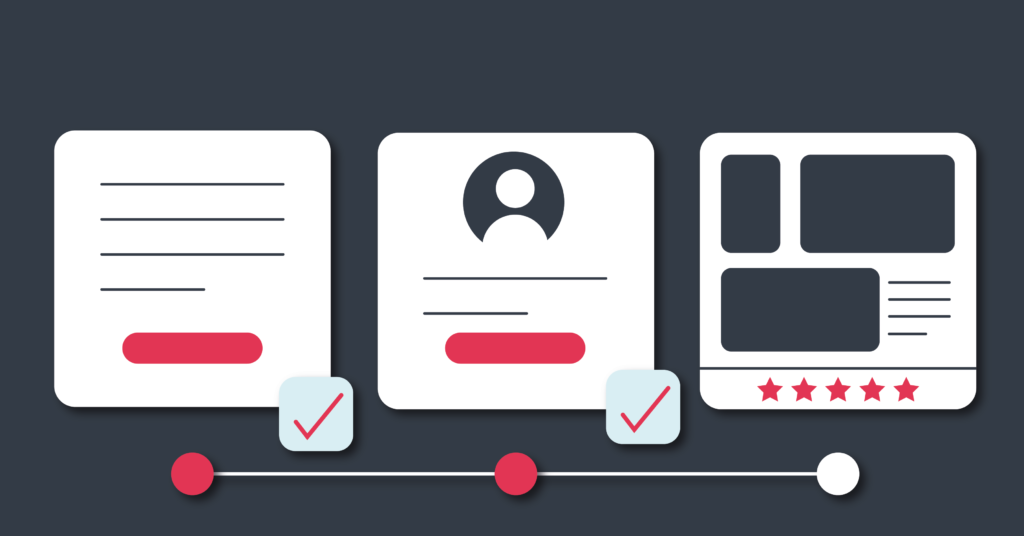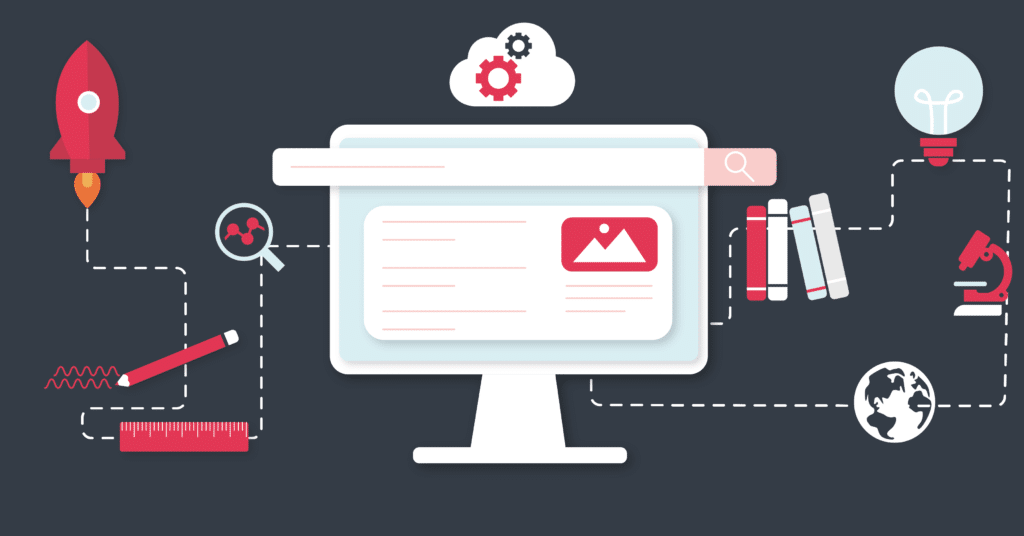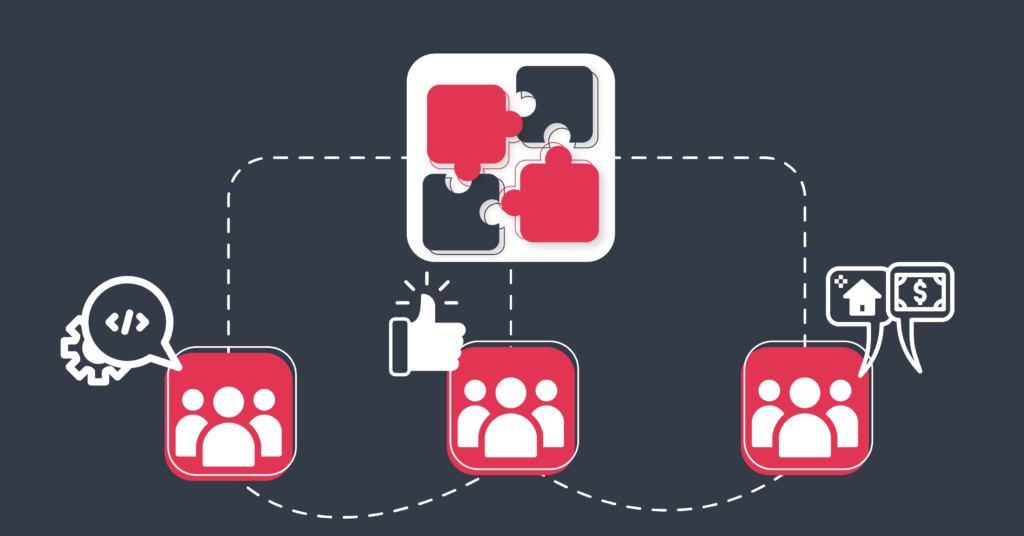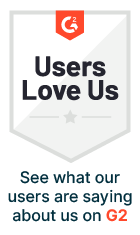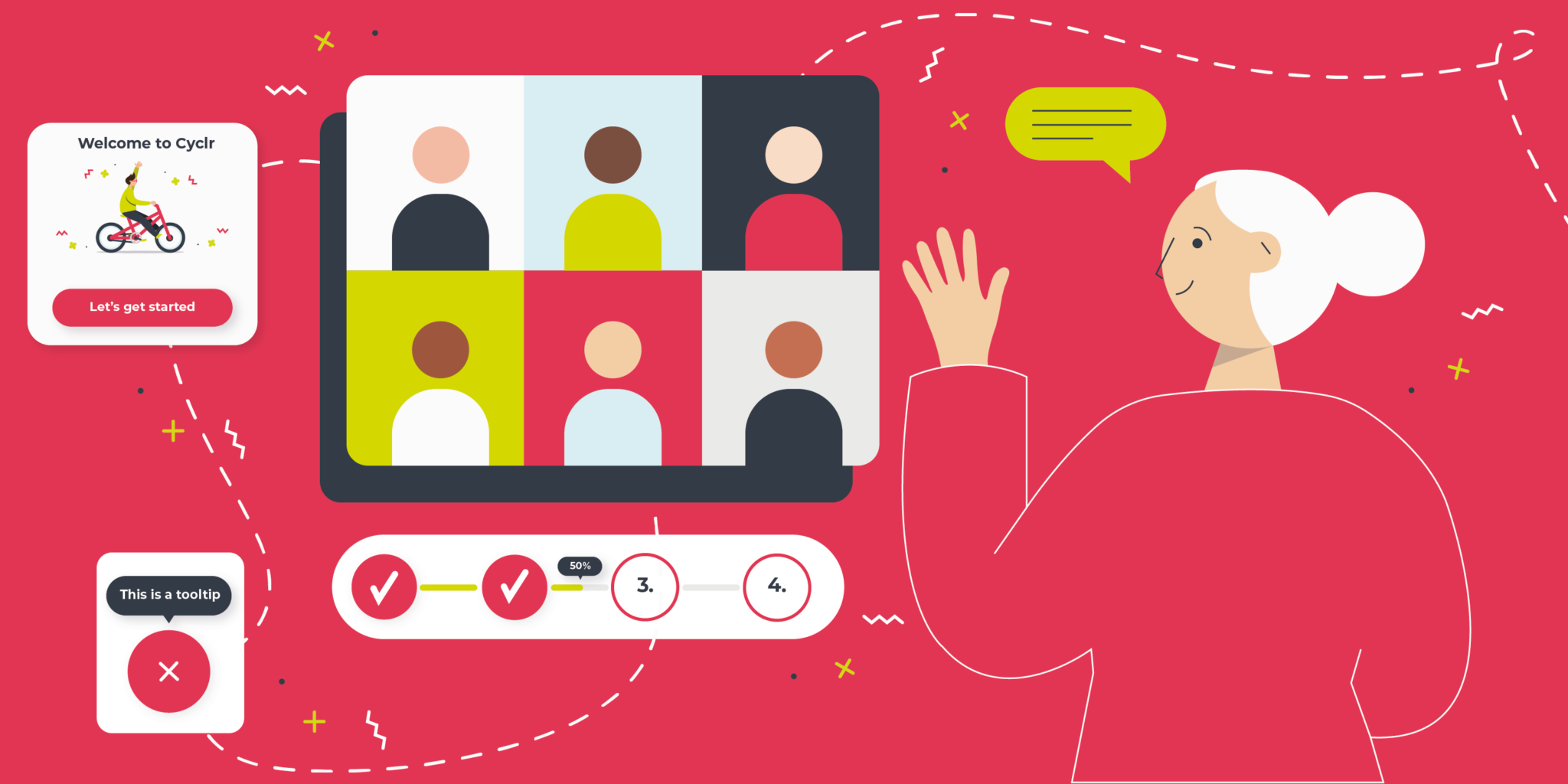
Updated on by Hayley Brown
Onboarding is an important stage of the user lifecycle as it sets the tone for the relationship between the user and the product. It has a huge impact on whether the user continues to use a product long term or churn.
If user onboarding is done well it can set the user up for success. Alternatively if done poorly it can leave users reeling and wondering why they signed up to use the product.
What is onboarding?
User onboarding is the process new users go through to learn, set up and start using a new SaaS product. The onboarding process covers the whole journey from the sign-up/set-up to activation and first use.
Onboarding should be designed to deliver value to users as early and quickly as possible. As well as putting their problems at the heart of their personalised onboarding process. This helps them achieve their ‘aha’ moment and you increase customer retention.
Some examples of onboarding:
- Product Demos
- In-app guides
- Product walkthroughs
Additional resources new users would find useful:
- Community Site/Knowledge Base
- Documentation
The goal of B2B SaaS onboarding is to keep users returning to your product and incorporating it as part of their day to day routine. As well as understanding the value it brings. Especially if it is to become a vital part of their technology stack like an integration platform.
ProductLed mentions “the goal of user onboarding is to help people become better at what your product enables people to do.”
Steps in the Onboarding Process
The onboarding process starts earlier than many organisations realise and ProductLed notes that it starts from the first interaction a user has with your organisation or product.
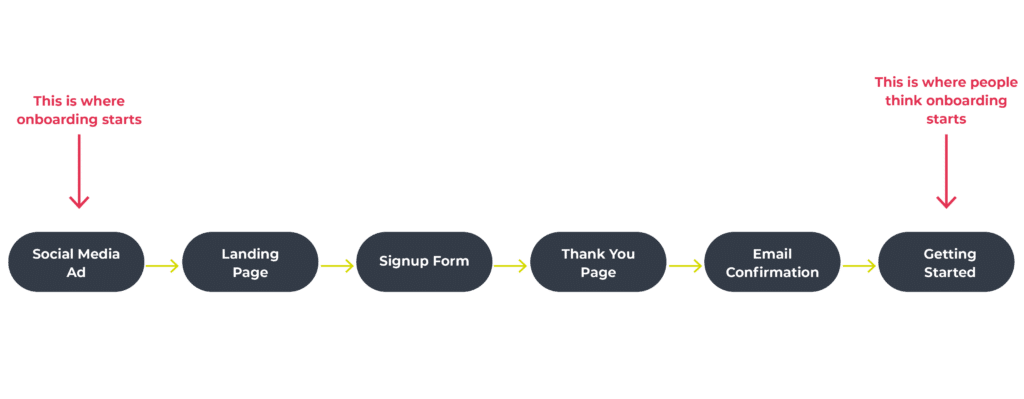
So after this initial onboarding, as demonstrated above, users go through a series of onboarding steps.
Typically this looks something like this:
- Welcome Email
- Greeting Message
- Product Setup
- Feature Callouts
- Interactive Walkthroughs
- Knowledge Base
- Check-Ins
As an integration platform, our onboarding process kicks off with a call. This is where introductions will be made, discussions around why you’ve become a customer/user and set a plan for how you achieve your goals with the platform.
Then during the call, we will set out a plan for users’ first integration. It is important to scope the project to understand what tools will be needed. Then arrange the necessary development needs, in this case, Connectors. The call concludes with arranging a timeline for the user’s onboarding which is reflected based on their needs to achieve success.
Next users are taken through connector development training and delivery. Here we will discuss your use-case and will be working hard to build/update connectors to ensure they can do everything they need to.
Then users will deep-dive into building their first workflow for their chosen integration. By selecting one use case to focus on during training you’ll see the value the integration platform has quicker. Then you’ll be in a position to start building more. By the end of this session users will of built their first integration with the connectors they need and be a step closer to seeing live data flowing.
The next step will be implementing the integrations to get live data flowing and automating processes. This involves taking users through the different implementation methods.
How can you use onboarding to guide users to success?
To be great at user onboarding you need to understand the big context behind why people would even consider using your tool. OpenView notes “product-led businesses guide their users to complete the key functions they need in the context of what they want to do.”
One way your onboarding process can guide users to success is by delivering value immediately. Start by making processes quick and easy so users can get started and see results fast. As a result, users will want to return again and again.
At an integration platform, for example, it would mean getting users to build their first integration workflows. Then seeing the data flow and results. Once users have jumped over this initial hurdle they are likely to return and expand with other tools available within the platform. As well as collaboratively with their teams.
There are a range of in-app onboarding tools that can enhance your user experience during onboarding and guide them to success.
Welcome Messages
Provide the opportunity to welcome new users and make them feel invited. As well as the chance to reinstate your value proposition and increase user’s motivation.
Welcome messages can also set a user’s expectations of what to expect and the experience of using the product.
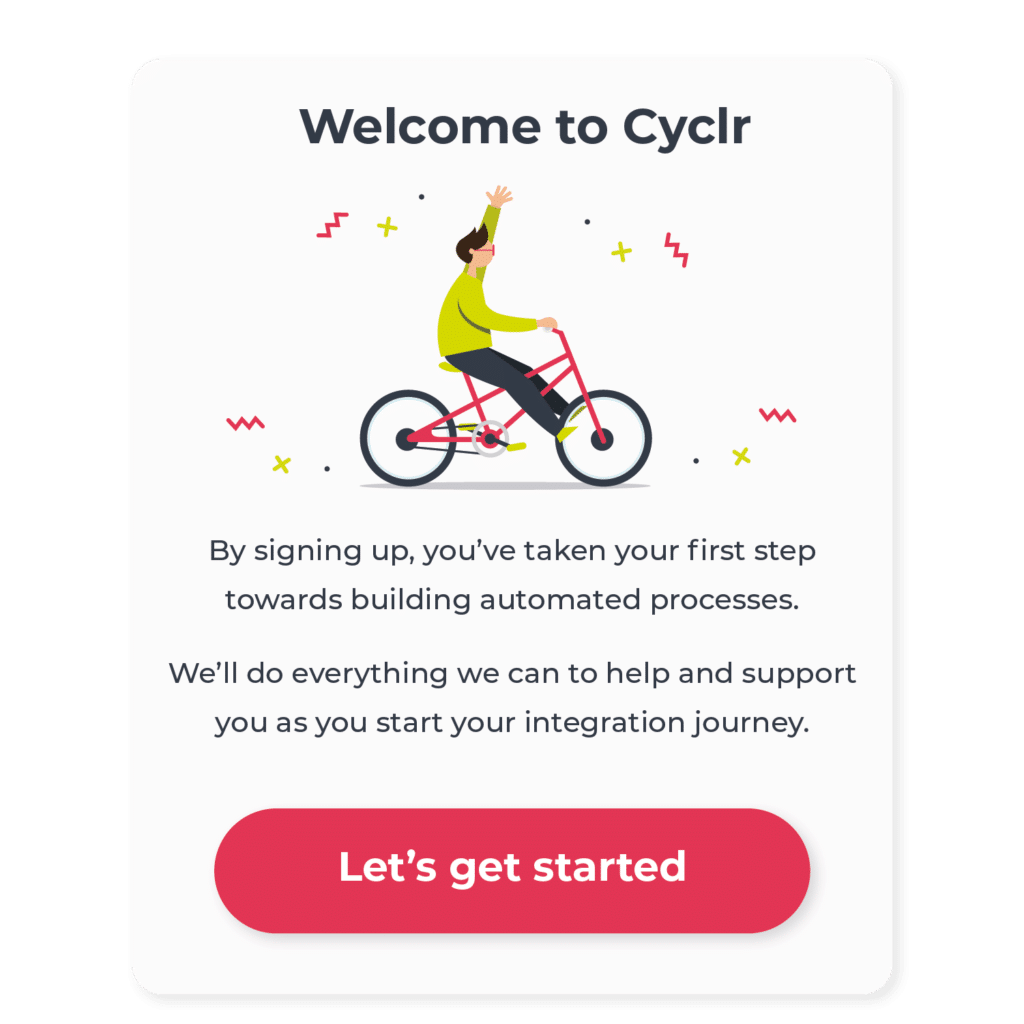
Product Tours
Product tours are designed to set the user on the right track and ask them to identify the main goal they want to achieve with the product. The product tour can then be tailored to this and cover key steps for achieving success with the product.
Progress Bars
Progress bars are great indicators of how much you’ve done and how far you have to go in order to complete the onboarding process. A great way to keep momentum is to have the progress bar partially filled out as a result of the above steps.

Checklists
Everyone loves a list and can motivate users to complete important onboarding steps. They can turn large and complex tasks into digestible and achievable steps. In a similar way, the progress bar can already have some items ticked off. For instance, ‘explore the builder’ or ‘download the desktop app’.
Onboarding Tooltips
Tooltips are useful and help reduce the burden on support as they are designed to help users learn how to use the product.
They can either show first-time users the ropes or provide helpful tips and tricks.
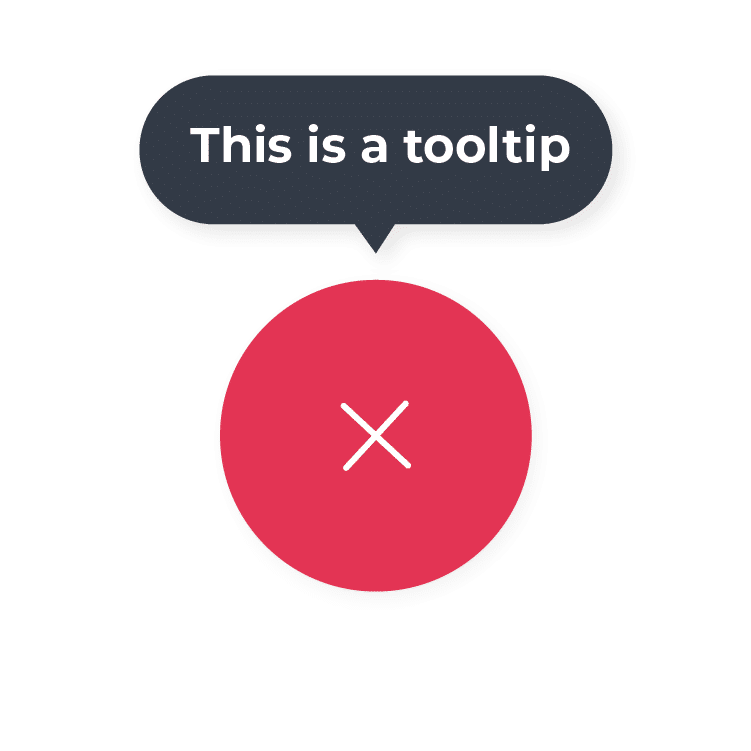
Empty States
Empty states are an alternative to using placeholder data when a new user first accesses their dashboard in the application. One way an empty state can be utilised is to show people how to set up their account and experience value from the software.
Why is user onboarding important?
User onboarding is an important process for software organisations to implement. This is because through the onboarding experience users start and build a relationship with the product. A successful onboarding process also sets the customer up for success through useful tools and steps that keep the user engaged. As a result, the organisation will see an improvement in trial conversions and user retention.
Good user onboarding sets users up for success without handholding them through the process. It also means they get immediate value from the product and repeatedly from then on.
